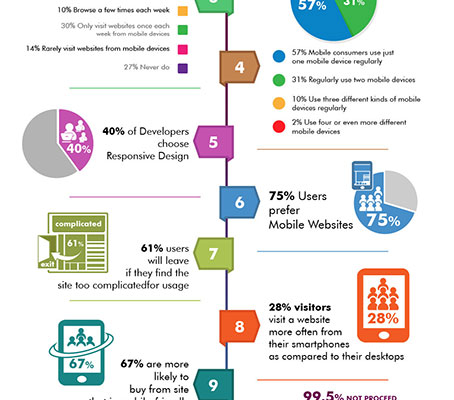The Advancement Of Internet Site Design: From Earlier Times To Now
The Advancement Of Internet Site Design: From Earlier Times To Now
Blog Article
Staff Author-Johnsen Peters
In the past, sites were straightforward and focused on information. Navigation was direct, and design was for desktops. Now, user experience is crucial. Data overviews styles for simple navigation. Responsive formats fit various devices. Today, dark setting reduces stress, and minimal menus improve navigating. Interactive functions involve customers, and bold visuals stand out. AI combination increases engagement. See exactly how design has evolved to enhance your online trip.
Very Early Days of Web Design
In the very early days of web design, simpleness preponderated. Web sites were standard, with limited shades, fonts, and formats. The emphasis got on supplying info instead of showy visuals. Individuals accessed the internet with slow dial-up links, so speed and functionality were essential.
Navigation menus were straightforward, commonly situated at the top or side of the web page. Internet sites were designed for desktop computers, as mobile browsing had not been yet common. Content was king, and designers prioritized simple readability over complex design components.
HTML was the key coding language made use of, and designers needed to function within its restraints. Animations and interactive attributes were minimal compared to today's standards. Web sites were fixed, with little dynamic content or individualized customer experiences.
Surge of User-Focused Layout
With the development of website layout, a shift towards user-focused layout concepts has actually ended up being significantly popular. Today, creating web sites that prioritize customer experience is vital for involving site visitors and attaining business goals. User-focused style includes comprehending the demands, preferences, and behaviors of your target audience to tailor the web site's layout, material, and features appropriately.
Designers now conduct extensive research study, such as customer surveys and usability screening, to gather understandings and feedback directly from customers. This data-driven technique assists in developing intuitive navigation, clear calls-to-action, and aesthetically enticing user interfaces that reverberate with site visitors. By positioning the individual at the facility of the design procedure, web sites can deliver a more customized and enjoyable experience.
Responsive layout has likewise emerged as a vital facet of user-focused layout, guaranteeing that internet sites are optimized for various devices and display dimensions. This versatility enhances access and functionality, accommodating the diverse means users communicate with web sites today. Basically, the surge of user-focused design symbolizes a shift in the direction of creating digital experiences that prioritize the demands and expectations of completion individual.
Modern Trends in Web Design
Discover the latest trends shaping web design today. One famous fad is dark mode style, providing a streamlined and modern appearance while lowering eye stress in low-light atmospheres. One more crucial pattern is minimalist navigating, streamlining food selections and improving user experience by concentrating on essential elements. Including micro-interactions, such as computer animated buttons or scrolling effects, can produce a much more appealing and interactive internet site. https://www.techiexpert.com/how-to-make-your-digital-marketing-overhaul-a-success/ remains important, making certain smooth user experiences throughout numerous devices. Furthermore, utilizing bold typography and unbalanced designs can include visual interest and draw attention to certain content.
Incorporating AI modern technology, like chatbots for consumer support or customized suggestions, improves individual engagement and improves procedures. Ease of access has also end up being a substantial pattern, with designers focusing on inclusive style techniques to accommodate diverse user requirements. Embracing sustainability by optimizing internet site efficiency for speed and performance is an additional emerging fad in web design. Collaborating with customer feedback and data analytics to iterate and improve design constantly is important for staying appropriate in the ever-evolving electronic landscape. By accepting these contemporary fads, you can create a visually enticing, easy to use web site that resonates with your audience.
Final thought
As you review the advancement of website style from the early days to now, you can see just how user-focused design has ended up being the driving force behind contemporary patterns.
Accept the journey of change and adaptation in web design, constantly keeping the customer experience at the leading edge.
Keep present with the current patterns and modern technologies, and never ever stop evolving your approach to produce visually spectacular and user-friendly web sites.
Evolve, adjust, and produce - the future of website design remains in your hands.
